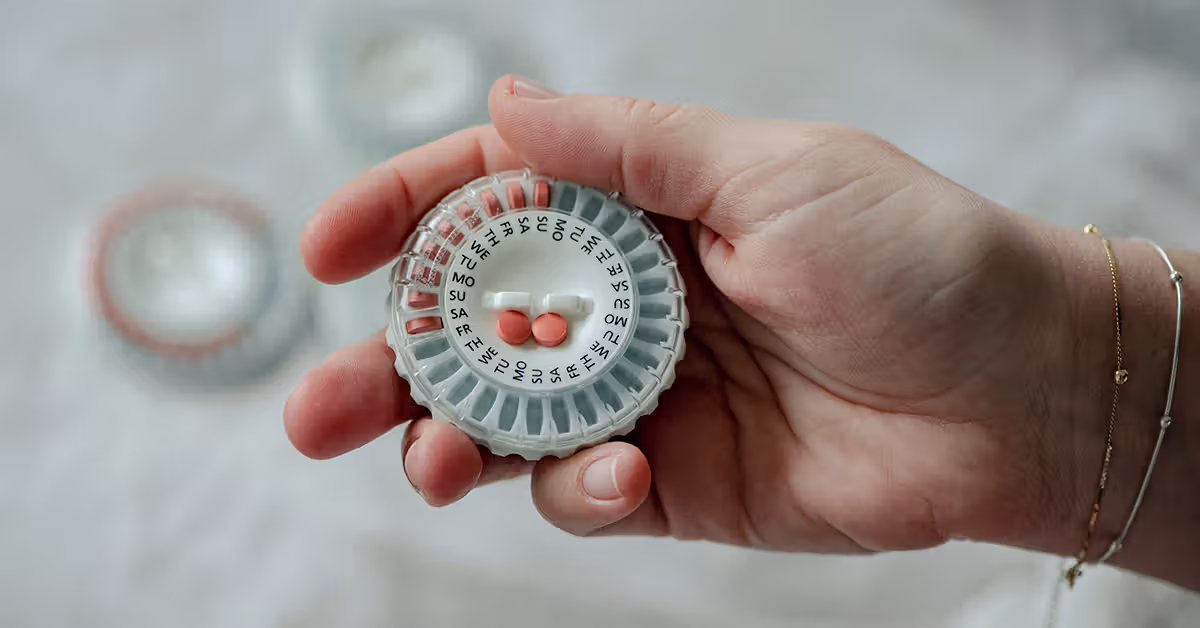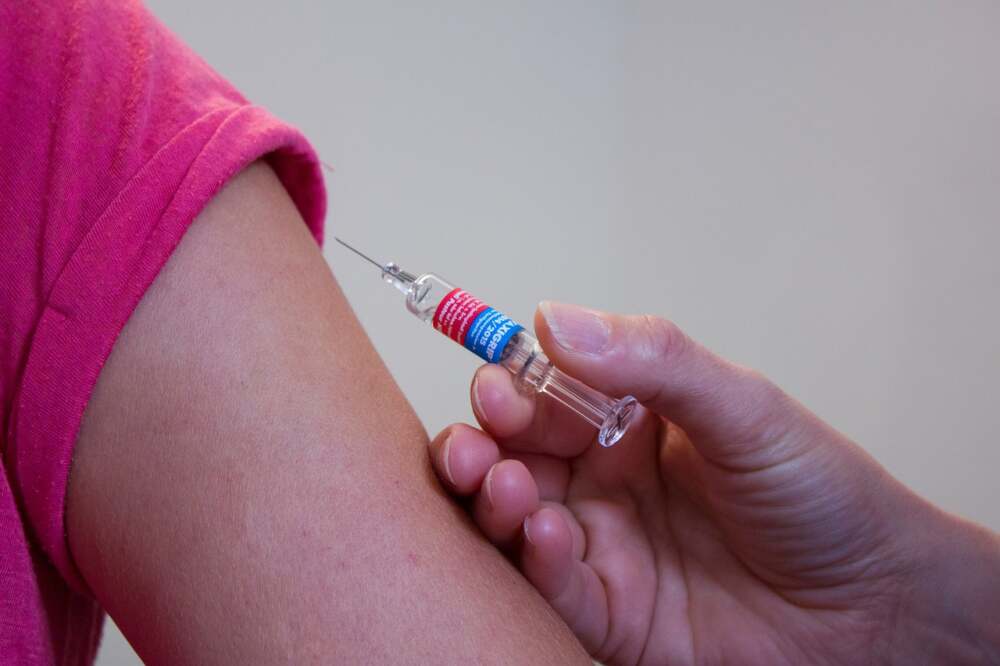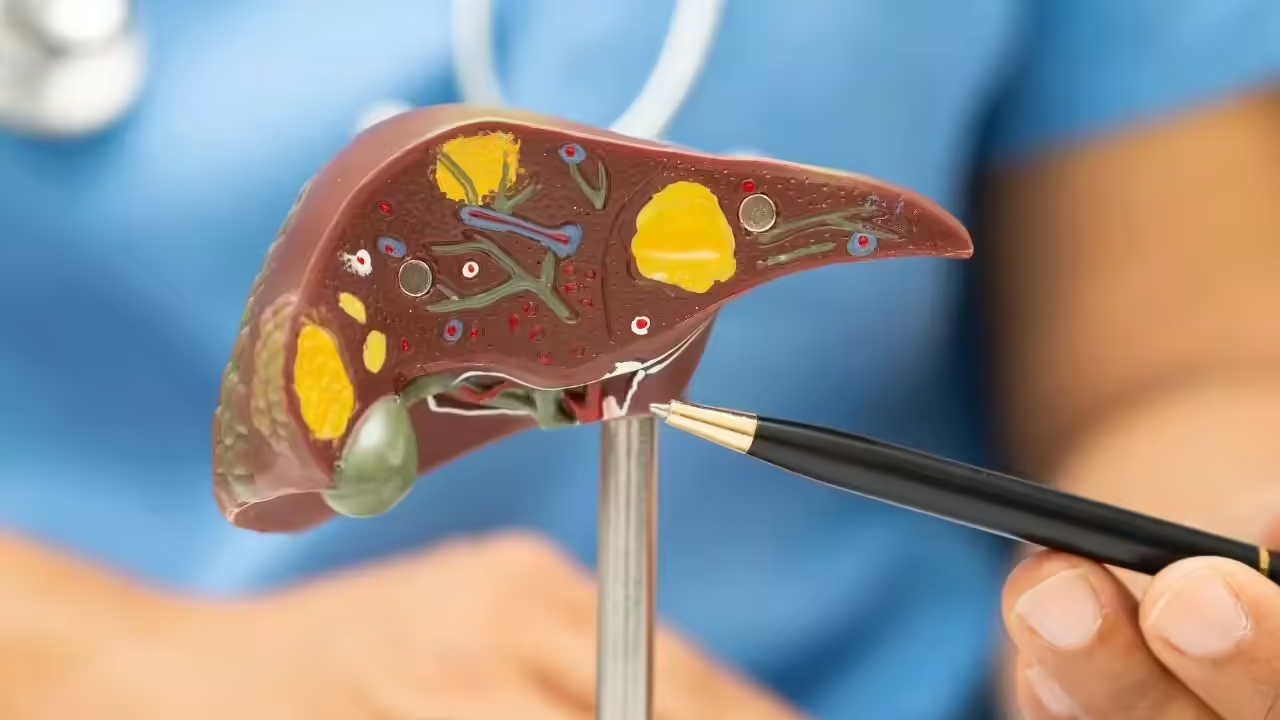Health regulators and women’s health experts are re-examining the safety labeling on hormone replacement therapy (HRT) used for menopause symptoms. At the center of the conversation is whether the long-standing “black box” warning on estrogen products is still justified, especially for lower-dose and locally applied treatments.
What is the Black Box Warning?
The black box warning is the most serious caution label the U.S. Food and Drug Administration (FDA) requires. It highlights risks for serious or life-threatening adverse effects. The warning was attached in the early 2000s to estrogen and combined estrogen-progestogen therapies after results from the Women’s Health Initiative (WHI) showed increased risks of conditions like breast cancer, heart disease, stroke, and blood clots in certain groups using these treatments.
What’s Changing: Panel Review & Expert Opinions
- A recent FDA expert panel focused on updating the risk-benefit picture for menopause hormone therapy. Experts pointed out that much of the evidence underlying current warnings is outdated, based on formulations, doses, and delivery methods that are less used today.
- One major point of contention: low-dose vaginal estrogen treatments. These are not absorbed deeply into the bloodstream, and many experts say the systemic risks (like stroke, blood clots, or breast cancer) are minimal or effectively zero for these products. Many doctors believe labeling should distinguish these low-risk therapies from higher-risk ones.
- Experts also emphasized that newer hormone therapies (different combinations, different progesterone types, patches or gels rather than oral pills) may carry different risk profiles—often lower risks—especially when therapy starts in early menopause or within ten years of menopause onset.
What the Benefits Are
HRT still remains the most effective treatment for many menopause symptoms, particularly:
- Relieving hot flashes, night sweats, and other vasomotor symptoms, which can severely impact quality of life.
- Supporting vaginal health, including treating dryness, pain with intercourse, and urinary symptoms in many women.
- Helping preserve bone density and reducing risk of fractures, especially in women at higher risk for osteoporosis.
- Possible benefits for cardiovascular health and metabolic syndrome when started early, under medical supervision, using lower-risk formulations.
What the Risks Still Are, Depending on Use
While many risks may be lower under certain conditions, they are not negligible for everyone. These include:
- Increased risk of breast cancer, especially with combined therapies (estrogen + progestogen), particularly with older or high-dose formulations.
- Higher risk of blood clots (venous thromboembolism), especially in women using oral HRT rather than transdermal (patch, gel) forms.
- Stroke risk, particularly in older women or those starting hormone therapy well after menopause.
- Possible cardiovascular risks depending on age, personal medical history, and timing of therapy.
Why This Re-Evaluation Matters
- Many women avoid HRT or are discouraged from using it because of fear driven by warnings that may no longer accurately reflect the science. This can lead to untreated symptoms, reduced life quality, and complications (for example, weakened bones) that could have been mitigated.
- Distinguishing between different types of HRT (dose, delivery method, kind of hormones) is crucial for personalized medicine. What works safely and effectively for one person may be riskier for another.
- Removing or revising the broad black box warning could help clinicians make more nuanced prescribing decisions and help patients understand trade-offs. In particular, vaginal/local estrogen therapies may see more use if the warning labels are eased for low-risk applications.
What Might Happen Next
- The FDA may revise labels to clarify the risks specific to certain products rather than issuing a blanket warning for all estrogen therapies.
- Medical guidelines may start differentiating between systemic HRT (oral, higher dose) versus local or low-dose HRT.
- Providers will likely need updated education on the latest studies so they can counsel patients better: weighing benefits and risks based on age, time since menopause, health history, and symptom severity.
- Patients are encouraged to discuss with their doctors whether HRT is right for them, what formulation and dosing makes sense, and what risks they specifically face.
Conclusion
The conversation around hormone replacement therapy during menopause is shifting. What once was accepted wisdom—that all estrogen therapies carry high risks—may be due for revision. With newer evidence, lower-risk options, and greater attention to personalization, many experts believe the benefits of well-chosen HRT still outweigh risks for many women. Reassessing the black box warning could mark a significant turning point in women’s health.
















Leave a Reply